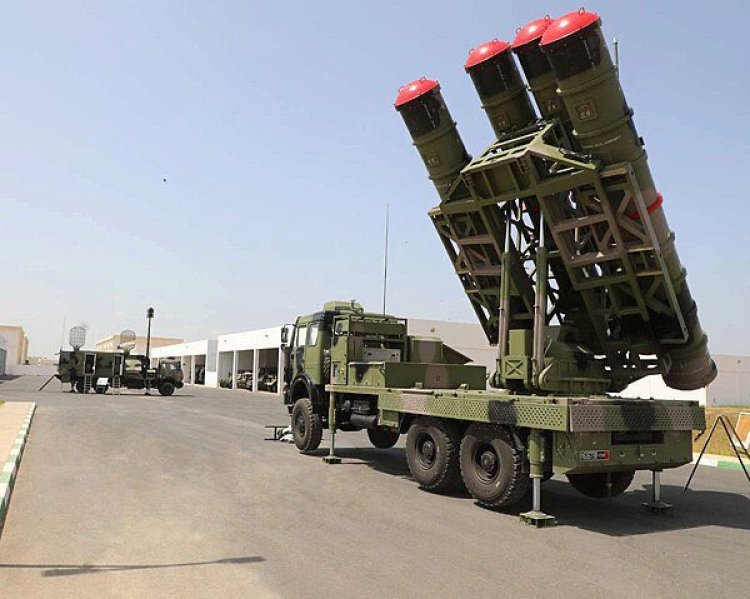
On Monday, January 27, heavy fighting intensified in Goma, Democratic Republic of Congo (DRC), between the M23 rebel group and the Armed Forces of the Democratic Republic of the Congo (FARDC).
The conflict spilled over into Rwanda as rockets fired by FARDC, with alleged support from FDLR militants, landed in Rubavu District. The situation has escalated regional tensions, leading Rwanda to deploy its advanced Iron Dome Air Defense System to intercept incoming projectiles.
According to Brigadier General Ronald Rwivanga, the spokesperson for the Rwanda Defense Force (RDF), several rockets targeting Rwandan territory were intercepted mid-air by the Iron Dome. Speaking to Rwanda Broadcasting Agency (RBA), Brig. Gen. Rwivanga emphasized the importance of the system in mitigating potential casualties and destruction. “We have been intercepting their rockets,” he said. “We are doing everything possible to neutralize these attacks.”
Despite Rwanda’s defensive efforts, five people were confirmed dead and 35 others injured as of Monday afternoon, following the rocket attacks on Rubavu. The casualties could have been much higher had it not been for the Iron Dome’s successful deployment.
The Iron Dome: A Regional Game-Changer, Rwanda is among the few African nations equipped with the Iron Dome Air Defense System, a state-of-the-art technology developed by Israel in collaboration with the United States. Originally introduced in 2011 during Israel’s conflicts with Hamas, the Iron Dome has demonstrated unparalleled efficiency in neutralizing aerial threats, including rockets, drones, and mortar shells.
The system operates through three key components:Radar Systems: Detect and track incoming projectiles. Command and Control Systems: Analyze the trajectory to determine whether the projectile poses a significant threat. Tamir Interceptor Missiles: Destroy the projectile mid-air if it is deemed a danger to populated areas or critical infrastructure. Capable of intercepting threats at ranges of 4 to 70 kilometers and altitudes up to 15 kilometers, the Iron Dome boasts an interception success rate exceeding 90%.
Rising Cross-Border Hostilities
The recent escalation in violence highlights the fragile relationship between Rwanda and the DRC. Rwanda has accused FARDC and its FDLR allies of provoking hostilities, including targeting civilian areas. Rwanda’s use of the Iron Dome marks a historic first, further signaling its determination to protect its citizens and counter external threats.
As tensions mount, international observers and stakeholders are calling for de-escalation and renewed diplomatic efforts to resolve the conflict. The deployment of advanced military technology like the Iron Dome demonstrates Rwanda’s readiness to defend its sovereignty while also raising the stakes in an already volatile regional conflict.
Broader Implications for African Security
The deployment of the Iron Dome in Rwanda showcases the increasing role of advanced military technology in addressing African security challenges. While the system has proven effective in reducing casualties and preventing infrastructure damage, its use also raises questions about the militarization of cross-border disputes and the need for long-term political solutions.
The situation underscores the urgency for regional cooperation and international mediation to address the root causes of the conflict. As Rwanda fortifies its defenses, the focus must remain on achieving lasting peace and stability in the Great Lakes region.
 English
English  Kinyarwanda
Kinyarwanda 



 Mathieu KARUMUGABO @KarumugaboM
Mathieu KARUMUGABO @KarumugaboM 













